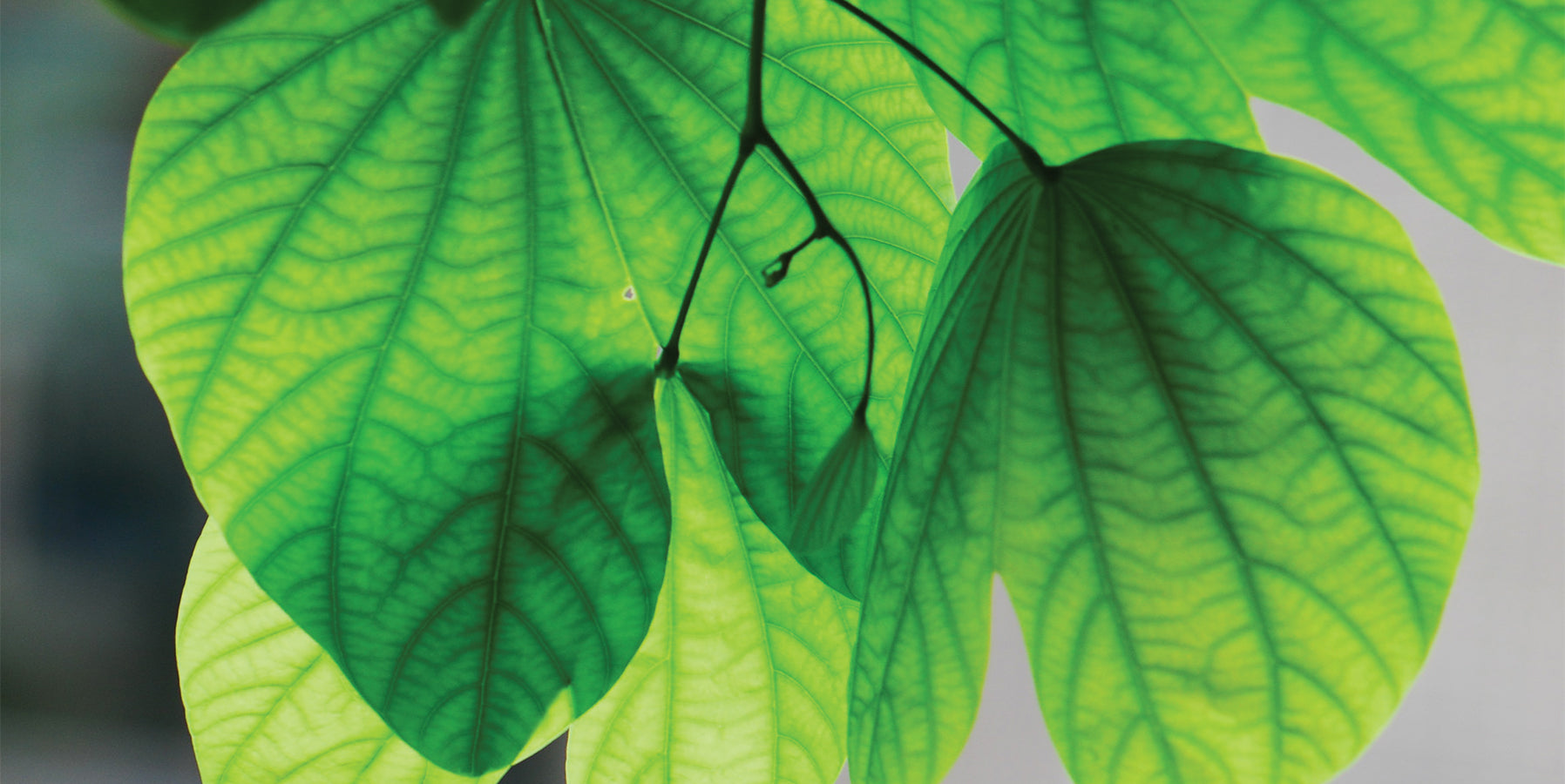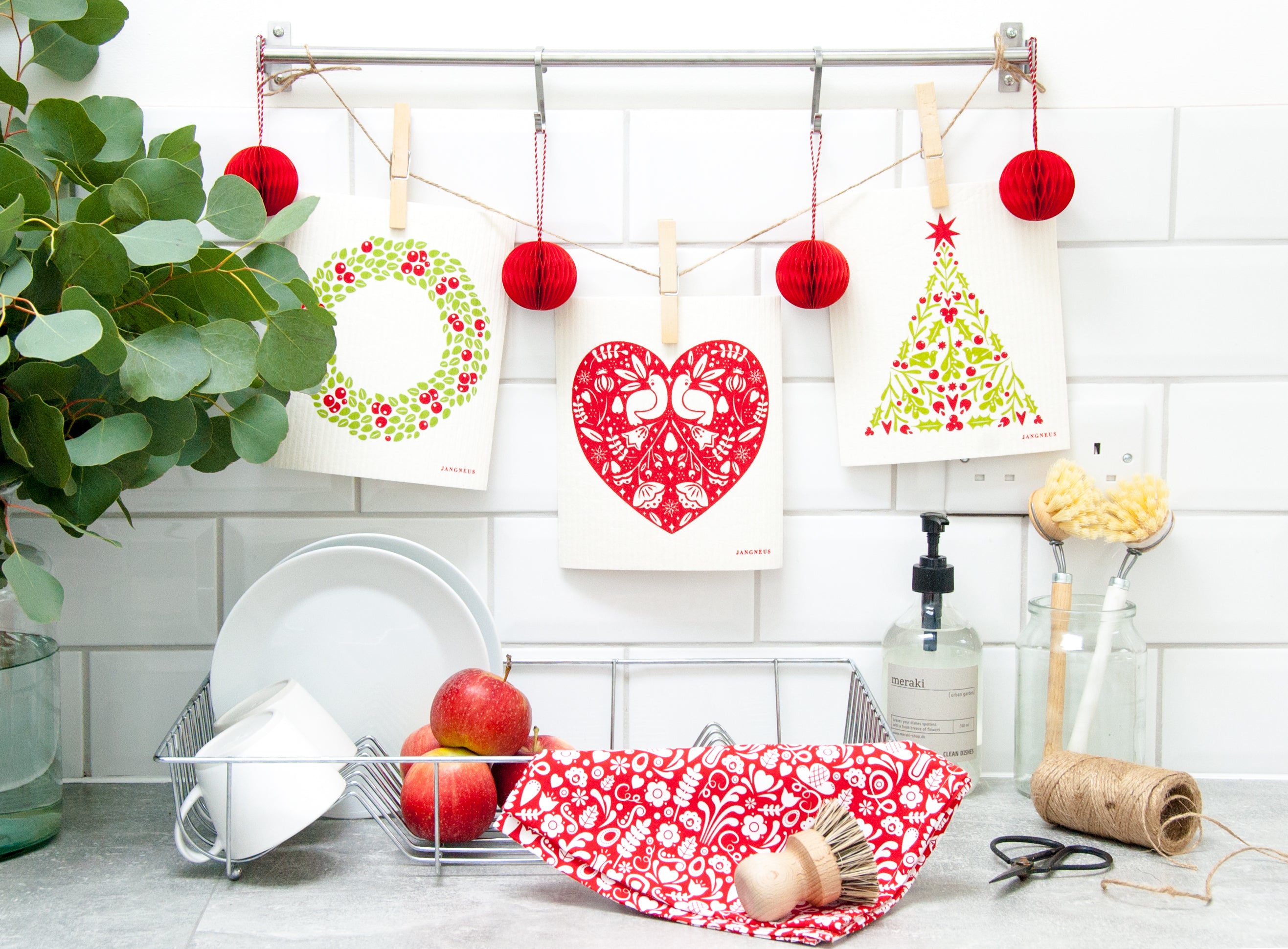
Eco Friendly Jargon Explained
Wanting to make changes towards a more environmentally conscious lifestyle is brilliant, but the amount of jargon and terminology can sometimes seem overwhelming, and it can be difficult to know where to start. It can also be really off-putting if you’re trying to do the right thing, but aren’t really sure what the right thing is!
There are lots of simple ways to start living a more environmentally friendly lifestyle, from making plastic free kitchen swaps, to giving eco-friendly gifts. So to help you out, we’ve put together a summary of the most common eco jargon terms, so that hopefully you can make more informed decisions on your sustainability journey.
Carbon Footprint
A carbon footprint is a measure of the total amount of greenhouse gases, particularly carbon dioxide (CO2), that are emitted into the atmosphere as a result of human activities. It is expressed in units of CO2 equivalent (CO2e) and is often used as an indicator of an individual's, organisation's, or country's contribution to climate change.
Every time we use energy, whether it's driving a car, heating our homes, or using electricity, we're adding carbon dioxide and other greenhouse gases to the atmosphere. These gases trap heat and contribute to global warming, which can have serious environmental and economic consequences.
Calculating a carbon footprint involves estimating the amount of greenhouse gas emissions associated with various activities, such as transport, energy use, food consumption, and waste disposal. This can be done using online calculators or other tools that take into account factors such as the type of energy used, the distance travelled, and the type of food consumed.
Zero Waste
Essentially this means not generating any rubbish that will end up in landfill or find its way into rivers and oceans. It’s all about reusing what you can, and thereby avoiding anything disposable. This translates into reducing packaging and getting rid of single use plastics. Anything that can’t be reused is ideally able to be composted instead, so made from natural materials like wood or cotton. A great place to start to invest in some reusable produce bags, which can be used instead of plastic bags for fruit and veg. You don’t have to reserve these for use at your local zero waste store or greengrocers, take them supermarket shopping with you too! Going completely zero waste probably feels like an impossible task, so most people will realistically aim to be low-waste instead.
Recycled & Recyclable
If an item has been recycled, then it’s been created from waste materials. Commonly this is things like paper, glass and aluminium, but increasingly we’re seeing new products made from recycled plastic bottles, like our cushions & throws. Not everything you might think would be recyclable actually is (eg. lots of wrapping papers), so keep an eye out of the recycling symbols on any packaging and sort according to your local council requirements. Head over the Recycle Now website for lots of information about what you can recycle and where.
Upcycled
Whereas recycled products have been broken down into their base materials and then turned into something new, upcycling involves taking an existing product or material and giving it a new life. This mean transforming it into something of higher value or quality. Upcycling often involves creative and innovative design, and can result in unique, one-of-a-kind products. For example, an old truck tyre can be upcycled into a laptop bag, as demonstrated by our collection from Ecowings.
Reusable
In a world constantly striving for convenience, single-use items have become the norm. Let’s face it, it’s definitely easier to throw away the paper plates after a party than do a mountain of washing up! This of course comes with environmental consequences, however. In this example, while the paper plates might be recyclable, they’ve used up new raw materials and energy in their manufacture and distribution. That’s why more people are turning to reusable alternatives – many of which were in use before the disposables arrived - and there are lots of simple ways to integrate them into your everyday life. For example, swap out the takeaway coffee cup for a reusable one instead, take your own lunchbox to work rather than buying ready-made sandwiches and salads and pack a cutlery set too.
FSC Certified
The FSC is the Forest Stewardship Council who are an international organisation dedicated to promoting responsible forest management and taking care of the people and wildlife who call forests home. If you see that a product is FSC Certified, and/or shows the FSC logo, you can be confident that it’s been sourced from a sustainably managed forest or made from recycled material.
Vegan Friendly
We use the term Vegan Friendly to include products which don’t include any materials or ingredients derived from animals. For example, a throw made from recycled plastic bottles is vegan friendly, but one made from wool is not. Similarly, soaps and skincare products that include plant-based ingredients like coconut oil, shea butter and essential oils are all vegan friendly, whereas those that include things like honey, are not.
Cruelty Free
Cruelty-free means that the products have been produced without harming animals. This can refer to a wide range of products, including cosmetics, personal care items, household cleaners, and more.
In order for a product to be considered cruelty-free, it must not have been tested on animals during any stage of its development or production. This includes not only the finished product, but also any individual ingredients used in the formulation.
There are several organizations that offer cruelty-free certifications and labels, such as PETA and Leaping Bunny. These certifications indicate that the company has met certain standards and criteria for producing products that are free from animal testing.
To buy products that are made this way, you can look for these certifications on the product packaging or check the company's website for their animal testing policy. You can also look for products that are labeled as vegan, as this indicates that they do not contain any animal-derived ingredients.
How you can make a difference:
Simply make a start. You don’t have to feel guilty for not doing everything and you really don’t have to do it perfectly. Any changes however small are positive steps.
We'll be adding more definitions in time, so let us know in the comments if there's anything you'd particularly like to see.


Leave a comment
This site is protected by hCaptcha and the hCaptcha Privacy Policy and Terms of Service apply.